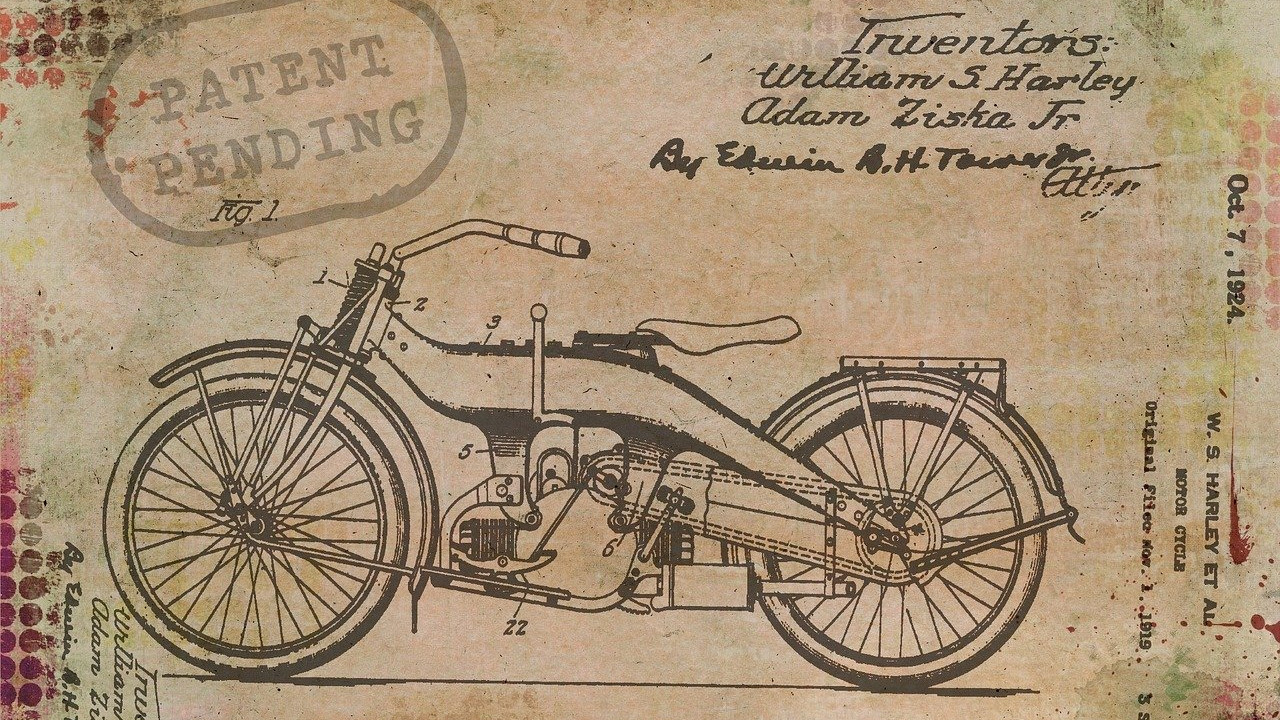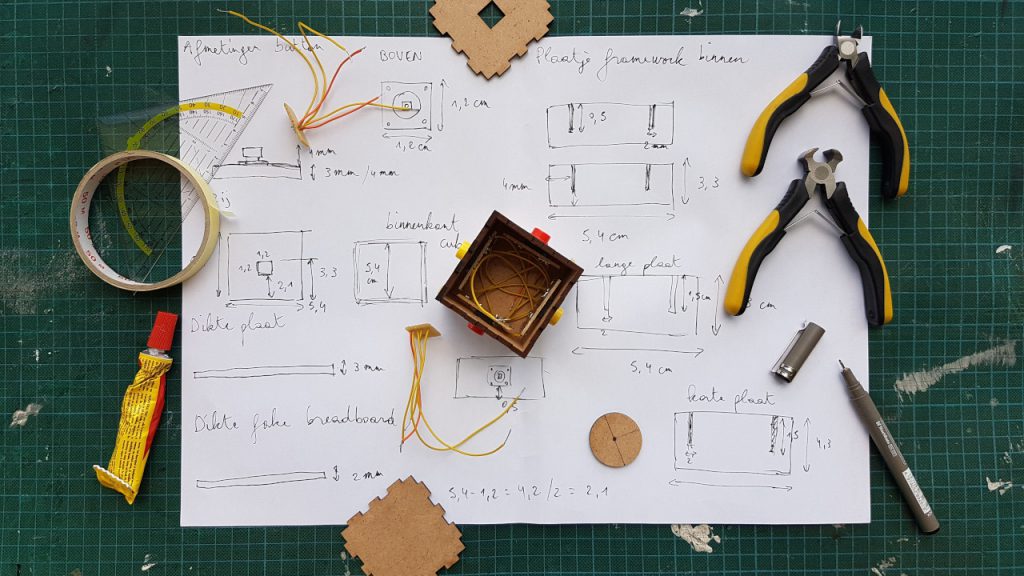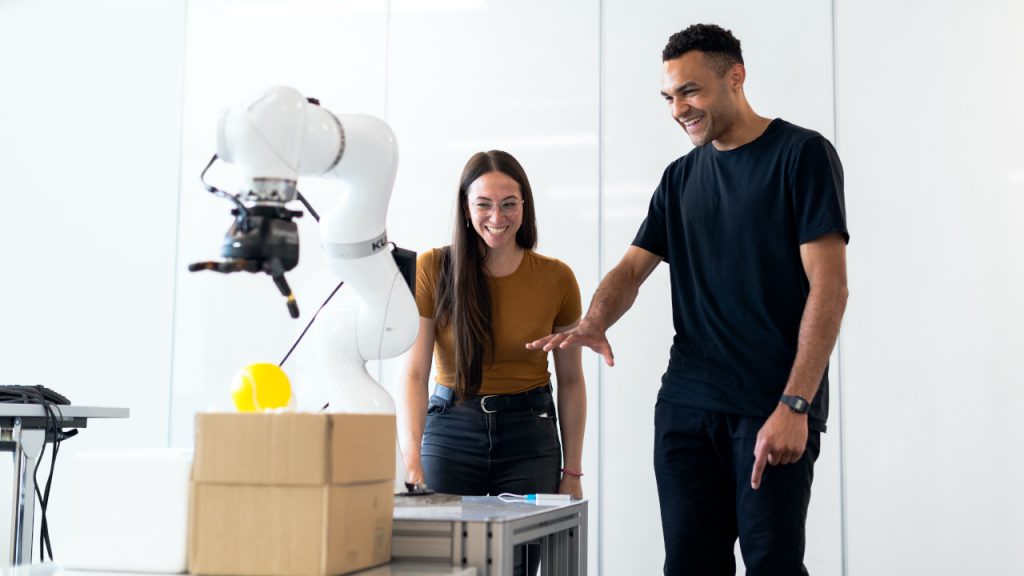Hardware Patents for Startups

Patents and Other IP in Hardware Development
No matter which planning or development phase you are in with your (soon to be) hardware product, the question of patents will arise. We have the answers and resources you’re looking for in this article.
Simply put, a patent is a form of intellectual property that gives its owner the legal right to exclude others from making, using, selling and importing an invention for a limited period of years, in exchange for publishing an enabling public disclosure of the invention.
Patents will most likely make up part of your project intellectual property plan and scope. With IP on the mind, Trademark and Copyright are slightly different tools that can protect brands and works of artistic value. If you want to protect your established brand name against abuse from copycats, look into creating a Trademark, easily identified by the tiny TM symbol. If you’re looking for some best practices in protecting your IP – check out our article here, which is on exactly that.
All Hardware Patents Are Not Equal
There is no “international patent” that will protect an invention all over the world. A separate patent must be filed in each country where the patent owner seeks protection. So, for the purposes of this article we’ll use the US as an example. If you and your project are looking into markets outside of the US, we recommend looking here for more information.
According to the United States Patent and Trademark Office (USPTO), any person who “invents or discovers any new and useful process, machine, manufacture, or composition of matter, or any new and useful improvement thereof, may obtain a patent,” subject to the conditions and requirements of the law. There are three different classes of patents, each serving different needs—design patents, utility patents, and plant patents.
The two patent types which apply to hardware design are design patents and utility patents.
- Design patents protect the distinctive features of your superficial design, which is applicable to the ornamental value of a product. This type of patent can cost between $500 – $5000, and will last 14 years.
- Utility patents, the ones in which most product designers are interested, protect your invention’s core technology — the specific size of your hardware, how your machine moves, and the exact parts that make this piece of technology work. This type of patent can cost between $5k – $20k and takes about a year to complete just the application process. A utility patent will last 20 years (and could have some additional maintenance fees during that time period).
When you go to file either type of patent, you will have to give details of what you’ve invented. It follows that the length of the application will depend on the complexity of your invention. People often question the price of patents, but it’s quite understandable if you consider the difficulty involved in keeping a current and searchable list of unique ideas that different people and companies have applied for and claimed as their own over the last three or four generations. The USPTO has listed a fee schedule to which you can refer.

The Renewable Alternative – Provisional Patents
Many startups look at design and utility patents and go no further because the cost is too high. This is understandable – many creators have spent less money on their initial prototypes than what it might have cost them to get a utility patent. There is a way to have your cake and eat it too, with a provisional patent. A provisional patent application is a good “first step” for many hardware startups. A provisional patent application provides the means to establish an early effective filing date in a later filed nonprovisional patent application (like a design patent or a utility patent). It also allows the term “Patent Pending” to be applied in connection with the description of the invention. Provisional patents last one year and are renewable. If you file without the help of a lawyer it should cost about $100.
We say this in many of our articles, but speaking to a lawyer (in this case a patent attorney) early-on will let you discuss your options, weigh the benefits, and build a custom strategy for your startup. Adding this into your schedule and budget will surely save you some headaches later on.
Patent rules are strict and adhere to a tight timeline, so if it is part of your IP protection strategy, it is probably best to file for that patent early-on in the development cycle.
Patent Application Timing with Hardware Development
The large majority of entrepreneurs start the process of bringing their product idea to market by either focusing first on a patent or a prototype.
But let me ask you this, how similar is your first prototype or drawing to where the development process has taken you? I’ll bet there are many things that have changed since you first set out, and I’m sure it’s going to continue changing and evolving. This is important to consider as the patent you apply for needs to be as specific and true to the end result as possible. If changes happen after you apply for the patent, you’ll need to file those changes in the application as well.

With all that in mind and once you and your team have decided on a patent strategy and talked it all over with lawyers – we suggest getting the provisional first. Once that is filed, you can then continue developing the hardware, sourcing, and process with TechDesign. By the time your project is ready to launch and market with your sales strategy, it may be wise to extend the provisional a year and see how sales are – then go for the design patent or utility patent.










